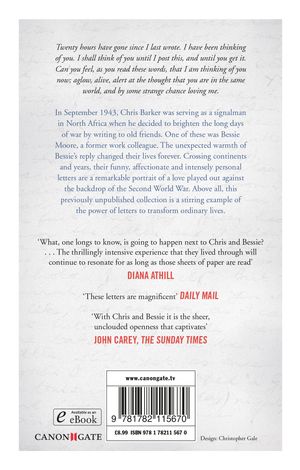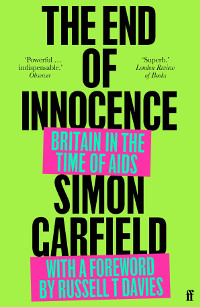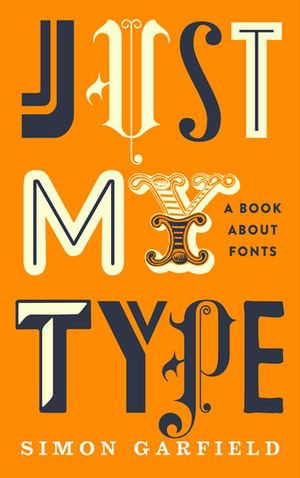

Thus he is concerned with gold and silver, cacao and cotton, rubber and coffee, fruit, hides and wool, petroleum, iron, nickel, manganese, copper, aluminum ore, nitrates, and tin. Rather than chronology, geography, or political successions, Eduardo Galeano has organized the various facets of Latin American history according to the patterns of five centuries of exploitation. It is also an outstanding political economy, a social and cultural narrative of the highest quality, and perhaps the finest description of primitive capital accumulation since Marx. debut a quarter-century ago, this brilliant text has set a new standard for historical scholarship of Latin America. Alcohol was the ubiquitous social lubricant, and alcoholic beverages formed an important part of most people's diets.Įduardo Galeano - Open Veins of Latin America This widespread consumption of wine, ale, or beer illustrates the importance of alcohol in traditional Europe. Despite male fears of female sexuality and despite patriarchal restraints, women still consumed alcoholic beverages, sometimes in gargantuan amounts.

In traditional Europe, as in modern Western societies, drinking led to increased sexual activity for both men and women, and it inclined men to commit acts of violence. While alcohol causes physiological changes that are scientifically verifiable, the work of anthropologists reveals that much of what passes for drinking behavior and drunken comportment varies from one society to the next. This book examines the effects of alcohol on gender relations in traditional Europe, focussing on England, France, and Italy in the late medieval and early modern periods, roughly 1300 to 1700.


Lynn Martin - Alcohol, Sex, and Gender in Late Medieval and Early Modern Europe Its exotic atmosphere, narrative power, pageantry, and poetry will enthrall English readers and provide an entertaining introduction to an important source of Japanese culture.Ī. The strange twists of Kiyomori's fate are the core of this epic novel.The Heike Story is a modern translation of a Japanese classic. Although he was a gentle, enlightened man, he left a trail of bloodshed and ruin in his wake. From a youth sunk in poverty, Kiyomori eventually rose to become the Emperor's Chief Councillor. Although the clans succeeded, they quarreled over the spoils of war and plunged the country into a century of warfare.This novel describes the rise to power of Kiyomori of the Heike clan during this turbulent time. In despair, the Emperor called upon the Heike and Genji clans to quell civil disturbances. The people were abused by the nobility, while the armed Buddhist monks terrorized court and commoner alike. Kyoto in the twelfth century was a magnificent city, but crime, disorder, and lust were rampant.


 0 kommentar(er)
0 kommentar(er)
